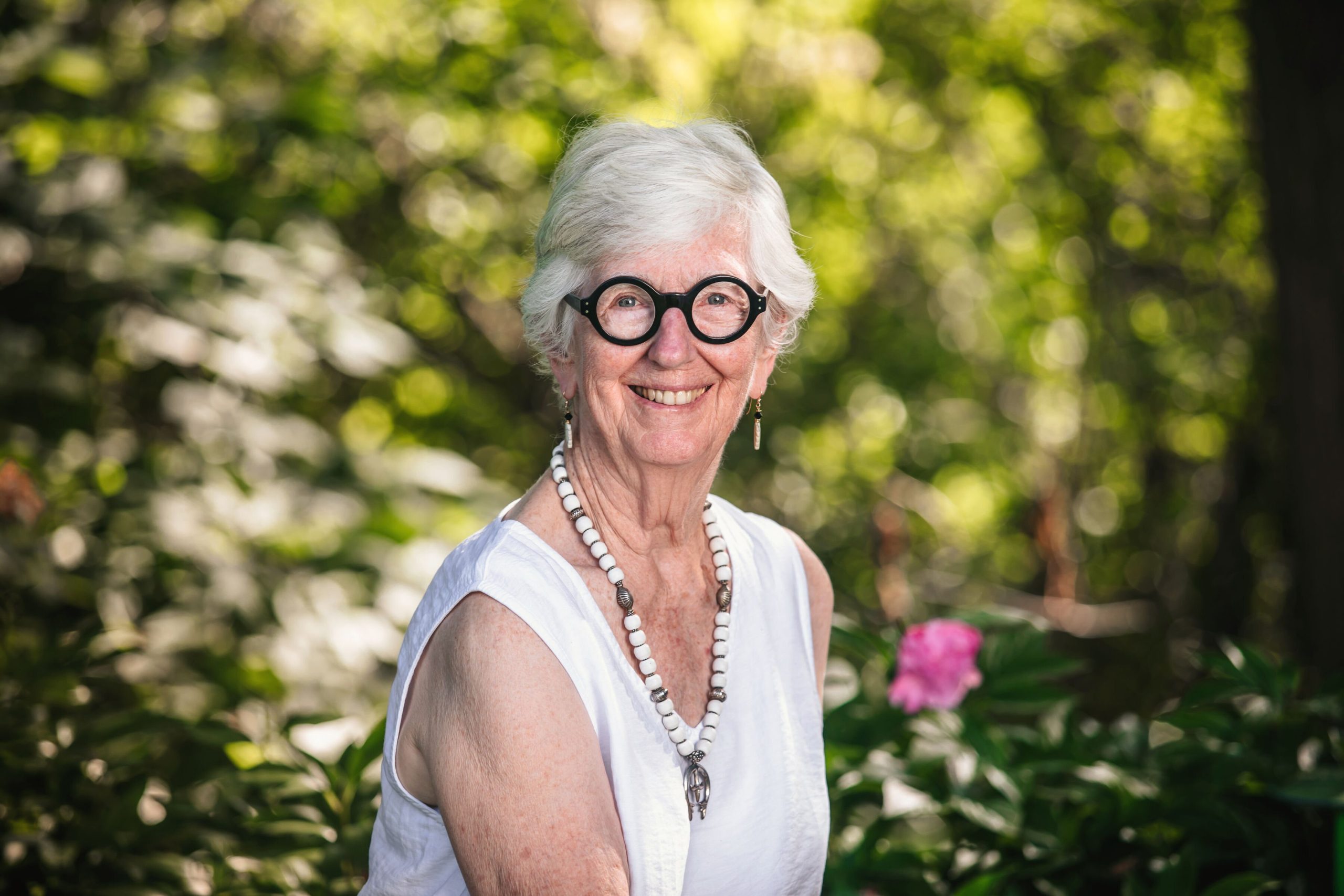Daughter of Charles Stewart Mott provides a rare glimpse into life with ‘Mr. Flint’
Read an excerpt from the foreword to “The Life of Charles Stewart Mott: Industrialist, Philanthropist, Mr. Flint” written by Maryanne Mott. The only surviving child of C.S. Mott, she describes a father who is both quiet and loving, and about whom she longed to know more.

A new biography detailing the life of Flint philanthropist and General Motors mogul Charles Stewart Mott includes a foreword from his daughter, Maryanne Mott who describes a father who is both quiet and loving.
“The Life of Charles Stewart Mott: Industrialist, Philanthropist, Mr. Flint” is penned by Rhode Island-based writer Edward Renehan, who has authored more than 20 books including several biographies. It will be officially released Sept. 3 nationwide, published by the University of Michigan Press — although a series of local events will give Flint-area readers a chance to meet the author and buy an advance copy of the book.
Related story: A new book promises insights into Flint’s most storied industrialist and philanthropist
The 224-page book includes a foreword from Maryanne Mott, who is the only one of C.S. Mott’s children still living. A rancher in Montana with residences in both Santa Barbara and Flint, Maryanne Mott serves as chairwoman of the Ruth Mott Foundation’s Board of Trustees locally. She largely remains out of the spotlight — although she can sometimes be found accepting awards and honors on behalf of the family or sharing a meal in a downtown Flint restaurant.
Her foreword provides a rare glimpse into both her life as the child of “Mr. Flint” and into C.S. Mott himself. Below is an excerpt of Maryanne Mott’s foreword:

“Born in 1875, my father, Charles Stewart Mott, lived through a century of dramatic events and change ranging from private and personal to public and planetary. He witnessed the arrival of electric lighting and the telephone in New York City, saw the transformation of transportation from bikes, buggies, and horseback to automobiles, airplanes, and space shuttles. He served in the military on the USS Yankee in the Spanish-American War and on the home front in World War I and World War II, and he held public office as the mayor of Flint, Michigan, for several terms. He followed the development of the computer, the use of the atomic bomb, and the landing of the first man on the moon. As his last offspring, born in 1942, I arrived late in his life, the bulk of which I had missed and only learned about, if at all, through family stories and
public events.
“Of course, I came to know him first as father. To me, he seemed above reproach, the center of all that was good, admired by not only his wife and family but our entire city. Wise, kind, quiet, deliberate, and all-powerful. Gradually, I came to perceive him as an astonishingly successful industrialist and a passionate philanthropist. …
“He went to the office daily and, not infrequently, on business trips during which my mother would accompany him. Upon returning from the office at around four o’clock, he would spend another hour in his home office with his secretary, dealing with matters related to Applewood, doing his personal correspondence, and dictating his day’s entry for his diary, which the secretary typed in multiples of ten using carbon copy paper. Typically, breakfast was taken separately, given our different schedules, but dinners, once we children were old enough, were eaten as a family.
“Although we spent little time together, and that often in relative silence, it was abundantly clear to me that I was deeply loved by my father. This love took the form of a stick of sugar cane upon his return from the Florida sugar company, a brand-new penny (that was in the days when they still counted) upon his return from a General Motors board meeting, the gift of my beloved boxer Prince Valiant, the honor of a special nickname (“Chickie Bone”), an effort despite a painful back to hit tennis balls with me when he was seventy-five and I was only eight, or a simple wink across a room.
“The stories that were shared within my hearing came almost exclusively through my mother, who had been at his side only in the last thirty-eight of his ninety-seven years.
“Of course, leading such a visible life in our city as to have earned the informal title of “Mr. Flint,” he was the center of much public attention in our hometown, often honored by grateful residents and frequently covered in the Flint Journal. As a youngster, I could not help but feel and observe that sense of reverence and respect so many citizens held for him. The same was true at home. But the reasons for that high regard were not altogether clear to me. And if there were any who saw him through a different lens, I did not yet know it.
“My father died in 1973. I was thirty, with a husband and two young children and a life that had taken me from Flint to Vevey, Switzerland; Milan, Italy; Ann Arbor, Michigan; and Santa Barbara, California, in his last ten years. Thus, that third of my life when I might finally have begun to gain greater insights into my father was spent for the most part at a great distance from him. And while our deep affection for each other was never in doubt, the opportunity to deepen my knowledge or understanding was limited.
“Almost half a century later, my interest in learning who he was, both publicly and privately, far from abating, has continued to grow.
“Until now, forty-six years after his death, we still have had no full and objective account of his ninety-seven years of life. The Ruth Mott Foundation, charged by its founder with honoring his life and legacy, recognized this omission and the fact that most who knew him directly were either no longer with us or decidedly senior. It was time to capture as much authentic history and personal accounts as possible, as well as to plumb the rich archives available through both the Ruth Mott Foundation and the C. S. Mott Foundation.”
“Let us be known by our deeds.” So reads the family motto, the script on the family crest. And indeed, that is largely how he has been remembered. We have a fairly robust record of his deeds, which are worthy of note but in themselves do not adequately reveal the character of the man, the turn of his mind, the practicality, sense of humor, insecurities and sensitivities, joys and sorrows, the perspective.
“For me, having no direct experience of the first sixty-seven years of his life, there were many gaps in the narrative. This book offered a second chance to fill those gaps, to provide a more complete and accurate account, especially of his early years, and to gain fresh insights into his thoughts and actions. …”
Used with permission. Copyright 2019 Ruth Mott Foundation.





